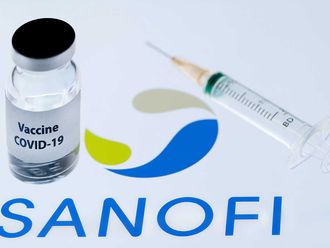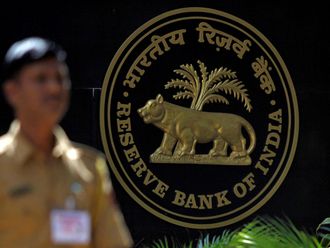Japan’s funding markets face a key challenge next week as the central bank’s decision to start charging interest on deposits prompts speculation that key interbank cash rates will also drop below zero, raising the prospect of dislocations to the financial system.
The uncollateralised overnight call market — ground zero for funding markets as it is where banks lend to each other — has been the only place in Japan where interest rates stayed above zero for maturities shorter than 10 years. The overnight rate was the one targeted by the Bank of Japan (BoJ) until Governor Haruhiko Kuroda switched to monetary base growth in April 2013 with the move to unprecedented easing.
Yields on benchmark 10-year JGBs hit a record low of minus 0.035 per cent this week amid severe global financial turmoil. Speculation has grown that the BOJ will cut the deposit rate again, after announcing at the end of last month it would set it at minus 0.1 per cent from February 16 for some of the reserves banks hold at the central bank. Kuroda said on January 29 the BOJ is seeking to push down the short end of the yield curve to prompt investors to shift their money elsewhere.
Financial turmoil
“The BOJ wants to guide the overnight call rate below zero,” said Nobuyasu Atago, chief economist at Okasan Securities Co., who was a BOJ official until recently. “But whether the path to negative rates will be smooth remains unclear given some banks aren’t ready with the infrastructure”, to handle paying to lend.
The yen has surged more than 7 per cent since the BOJ announced negative rates on January 29, prompting speculation Japanese authorities may intervene to halt its gains. It had declined 1.9 per cent on the day of the decision. The Topix index has tumbled 15 per cent and bond yields have dropped to record lows, with the rate on five-year notes touching an unprecedented minus 0.265 per cent on Wednesday. Global stocks fell into a bear market on Thursday.
Minus 0.5 per cent seen
Kuroda has said it is possible to cut negative rates further if needed.
JPMorgan forecasts another round of BOJ monetary easing at the bank’s March 14-15 meeting. The deposit rate may be cut to minus 0.5 per cent, while bond purchases might increase to 100 trillion yen (Dh3.2 trillion) a year from 80 trillion yen, said Masaaki Kanno, chief Japan economist for JPMorgan Securities, in a report. The BOJ could also announce easing at an unscheduled meeting before its March gathering, he said.
The BOJ estimates that the initial amount subject to the minus 0.1 per cent deposit rate will be about 10 trillion yen. It hasn’t indicated a targeted level or range for money market rates or the amount subject to negative rate that is needed to fully exert its intended effects on financial markets. Takafumi Yamawaki, chief rates strategist in Tokyo at JPMorgan Chase & Co., said the amount subject to the negative rate may be around 30 trillion yen.
“It’s difficult to think the overnight call rate will immediately touch minus 0.1 per cent on February 16,” said Kiyoshi Iida, a senior market economist at Totan Research Co. “Some financial institutions are not prepared to handle negative rates on their systems. They aren’t structured to manage funds with negative rates in mind.”
Iida said the unsecured overnight call rate may eventually stand at between minus 0.05 and minus 0.06 per cent as banks with cash subject to the negative rate at the BOJ may loan funds if the call rate is above the central bank rate. If the rate isn’t favourable, they may keep the money at the BOJ.
The overnight call rate was at 0.096 per cent on Friday in Tokyo, after dropping to 0.064 on February 4, the lowest since June. It has ranged between 0.059 per cent and 0.125 per cent, on a closing basis, since the central bank stopped targeting it in 2013.












